Hollow Shafts for Robotics, Automation & More | Welleshaft
1. What is a Hollow Shaft?
1.1. Materials Used for Hollow Shafts
1.2. Characteristics of Hollow Shafts
1.3. Types of Hollow Shafts
1.4. Applicaitons of Hollow Shafts
- Automotive: Drive shafts, axles, and transmission components.
- Aerospace: Aircraft components and lightweight structural elements.
- Industrial Machinery: Conveyor systems, rollers, and shafts in heavy machinery.
- Marine: Propeller shafts and other components exposed to harsh marine environments.
- Sports Equipment: Bicycle frames, golf clubs, and other performance gear.
-
Construction: Employed in building structures for added strength without excessive weight.
-
Manufacturing: Integral in machinery and equipment that require high performance and reliability.
-
Renewable Energy: Used in wind turbines and other renewable energy systems to maximize efficiency and durability.
2. Advantages of Hollow Shafts Over Solid Shafts
2.1. Weight Reduction
Advantage: Hollow shafts are significantly lighter than solid shafts, making them ideal for applications where reducing weight is critical.
Disadvantage: May not be as suitable for applications requiring extremely high rigidity.
2.2. Strength-to-Weight Ratio
Advantage: Hollow shafts offer a better strength-to-weight ratio, allowing for efficient material usage without compromising performance.
Disadvantage: The manufacturing process can be more complex and expensive.
2.3. Material Savings
Advantage: Less material is used in the production of hollow shafts, leading to cost savings in materials.
Disadvantage: The savings might be offset by higher manufacturing costs.
3. Why is a Hollow Shaft Better than a Solid Shaft?
Efficiency: Hollow shafts provide the necessary strength with less material, making them more efficient.
Performance: In dynamic applications, hollow shafts can perform better due to reduced mass and inertia.
Cost-Effective: Despite higher manufacturing costs, the material savings and performance benefits often outweigh the initial expenses.
4. How to Make a Hollow Shaft
4.1. Manufacturing Methods
Drilling: A solid rod is drilled through its center to create a hollow shaft. Suitable for smaller diameters.
Extrusion: Metal is forced through a die to create a hollow shape. Ideal for large-scale production.
Casting: Molten metal is poured into a mold that forms a hollow shaft. Used for complex shapes.
Spinning and Welding: Metal sheets are spun and welded into tubular forms. Common for customized sizes.
4.2. Quality Control
Non-Destructive Testing (NDT): Ensures the structural integrity of the shaft without damaging it.
Ultrasonic Testing: Detects internal flaws and ensures uniform thickness.
X-Ray Inspection: Identifies any internal defects or inconsistencies.
Conclusion
Hollow shafts are a versatile and efficient solution for many mechanical and industrial applications. Their ability to provide high strength with reduced weight makes them ideal for a variety of uses, from automotive to aerospace. By understanding the materials, characteristics, and advantages of hollow shafts, you can better appreciate their role in modern engineering and technology.
Contact welleshaft team now to confirm how to make your hollow shaft?

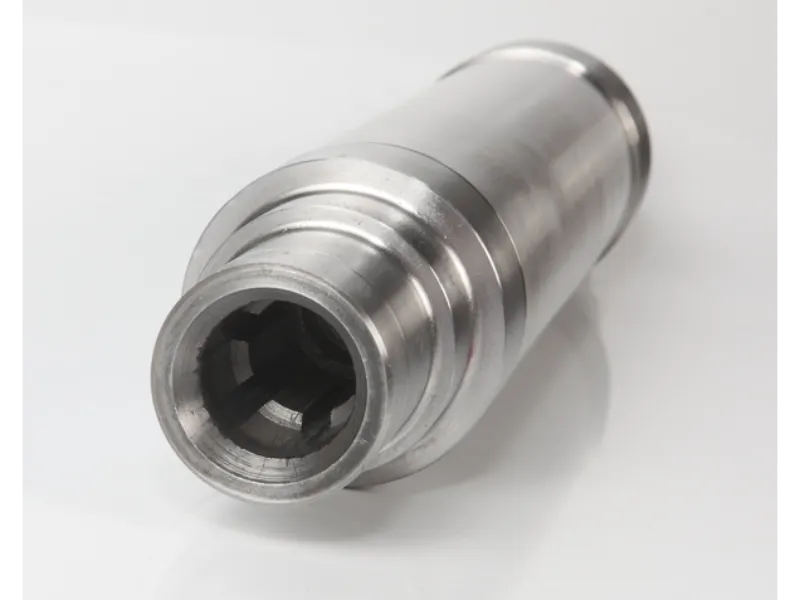
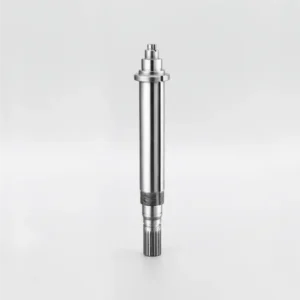
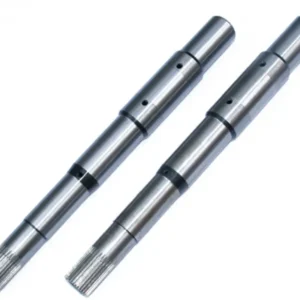
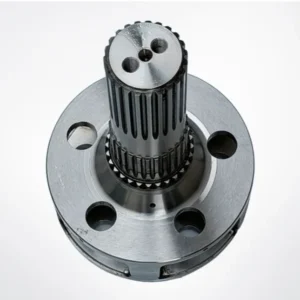
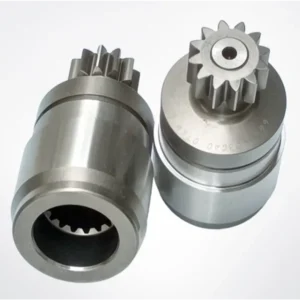
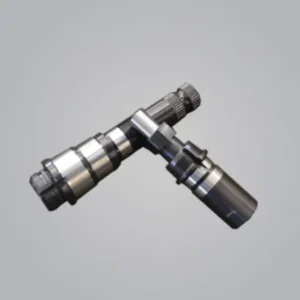
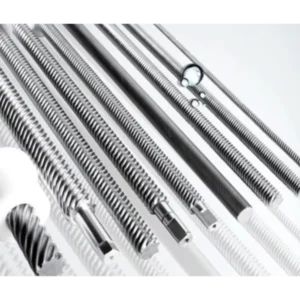
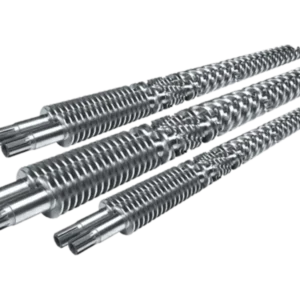
Reviews
There are no reviews yet.